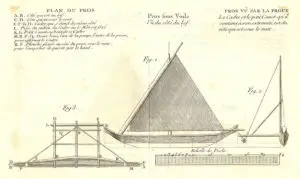
Agad’na: Canoe Builders
The ancient CHamorus who were skilled at canoe building and navigation were called agad’na. Early European accounts regularly marveled at these CHamoru vessels, William Dampier.

The ancient CHamorus who were skilled at canoe building and navigation were called agad’na. Early European accounts regularly marveled at these CHamoru vessels, William Dampier.
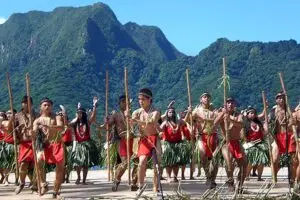
Native dance of the CHamoru people was only vaguely described by early visitors to the Mariana Islands. The Jesuit annual report for 1669 to 1670
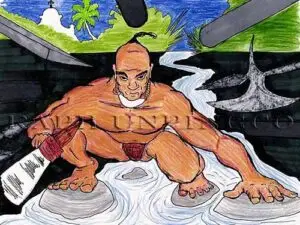
Matatnga is defined as “strong personality or fearless.” Chief Hurao, a CHamoru leader during the Spanish-CHamoru wars in the late 1600s, was the living embodiment
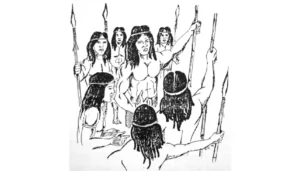
The CHamoru expression inafa’ maolek (making it good for each other) expresses a core CHamoru value. A life of harmony is taken to be the
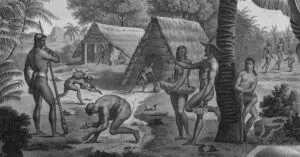
Taotaomo’na, the people of before, refers to ancestral spirits that inhabited the earth along with the living. Ancient Chamorros/CHamorus believed the world around them was
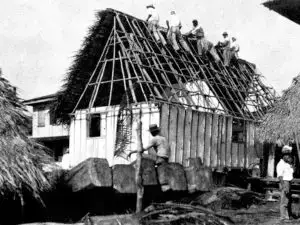
Interpretive essay: Striving for harmony is the foundation to CHamoru culture. The phrase inafa’ maolek (pronounced e-na-fah mao-lek) describes the CHamoru concept of restoring harmony

Ma uritao, an ancient CHamoru term used before Christianity was introduced to the CHamoru people, describes young unmarried women who resided at the Guma’ uritao
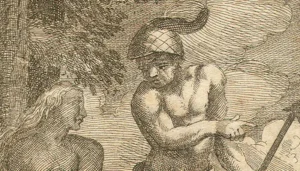
When Chamorro/CHamoru males reached puberty during ancient times, they were sent to live at the Guma’ Uritao, a house for bachelors. The bachelors would live
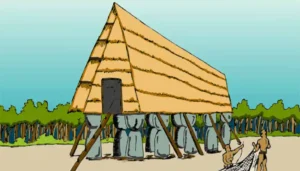
I mangguma’ uritao, men’s houses, were houses for young CHamoru men in the Mariana Islands from ancient times until the late 1600s (‘I’ means ‘the’;
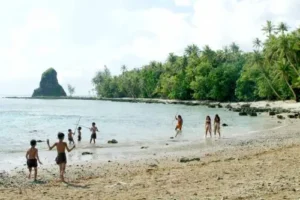
Fouha Bay, located just north of Humåtak on Guam’s southern west coast at the mouth of Fua River, holds thousands of years of meaningful history.